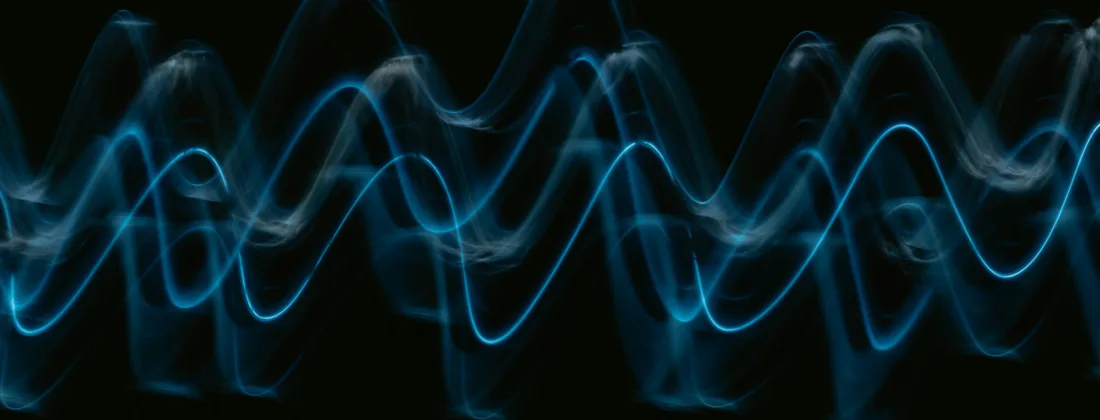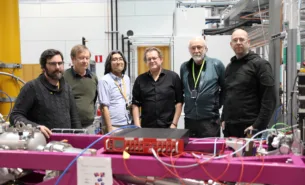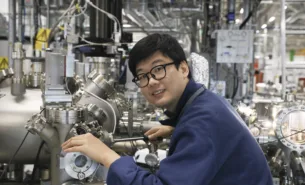A team of researchers have studied the high-temperature superconducting cuprate-material Nd1.85Ce0.15CuO4 with a small amount of electron-rich atoms added, a practice called electron-doping. The material turns out to have unusual electronic properties underpinning its superconductivity. The result has important implications for a larger group of similar superconducting materials.
Cuprates are materials based on copper oxide that are well-known model systems in which the electrons interact strongly with each other. Because of this interaction, they exhibit several unusual phenomena, including so-called unconventional superconductivity, where the necessary electron pairs are conjectured not to be held together by lattice vibrations but by interactions between electrons themselves. In a solid crystalline material, electrons form periodic standing waves and are distributed in electronic bands. For Nd1.85Ce0.15CuO4 and other similar materials, the electrons within the same band seem to both provide the glueing force and themselves get glued together to give rise to superconductivity, giving rise to a longstanding dilemma dating back more than three decades.
“Cuprates have a very simple band structure with only one low-energy band. A major conundrum is – how can the same electrons within one band play two different microscopic roles – providing the pairing interaction but also forming the pairs themselves,” says Dr Zhi-Xun Shen, one of the study’s authors.
Nd1.85Ce0.15CuO4 is an antiferromagnetic material. In a ferromagnet, a material that we would usually consider magnetic, all the directions of the magnetic properties of the atoms point in the same direction. For an antiferromagnet, all adjacent atoms have magnetic properties aligned contrary to each other, giving rise to peculiar magnetic properties of the macroscopic material. In the case of Nd1.85Ce0.15CuO4, the antiferromagnetic properties are the key to its superconductivity.
The research results show that the low energy band for electrons is split into two components. One of these components forms the expected antiferromagnetic band. Surprisingly, another gossamer – meaning very faint – band was also found. Now, the electrons can exist in two states, one that can give rise to the glueing interaction and one that can host the electrons being glued together.
“We show that the gossamer states form the pairs necessary for the superconducting state. In this respect, our results point to a possible route to circumvent the longstanding pairing dilemma in unconventional superconductors,” says Dr Shen.
The gossamer states form because the magnetic properties of the atoms fluctuate.
“It is an insight that tells us that these magnetic orientational fluctuations are necessary to produce the right balance of gossamer and antiferromagnetic states for superconductivity. The results also highlight the elegant cleverness of nature to solve the “two competing roles” dilemma. In weakly correlated materials that are not conducive to strong quantum fluctuations, the electrons within the same band would be identical and indistinguishable,” says Dr Shen.
The results have implications for further development of high-temperature superconductors.
”Our results elucidate the strengths and limitations of pairing mediated by antiferromagnetic fluctuations. Armed with this understanding, we can engineer materials that may take advantage of the strengths while mitigating the limitations,” concludes Kejun Xu, the lead author of the paper.
Photo: Pawel Czerwinski on Unsplash



